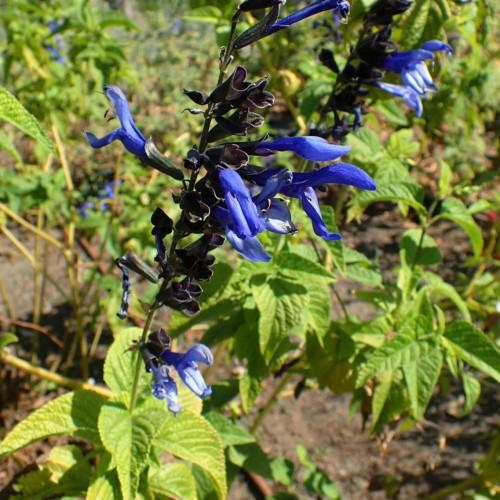
blue anise sage
Salvia coerulea
Cycle:
Perennial
Watering:
Frequent
Hardiness Zone:
6
Flowers:
Flowers In Spring
Sun:
Full sun
Fruits:
Fruits In Summer Ready In
Leaf:
Yes
Growth Rate:
High
Maintenance:
Low
Drought Tolerant:
Yes
Salt Tolerant:
Yes
Care Level:
Medium
watering
When it comes to watering Pacific willow (Salix lucida ssp. lasiandra), it should be done on a regular basis. The amount and frequency required will depend on the local climate and conditions. In general, water only when the top 2 inches of soil dry out. This species does not like to be over-watered, so be sure to avoid overwatering and let the soil dry out in between waterings. Add water until the soil is thoroughly moist, then let it dry out again. Depending on the weather conditions, this should be approximately once a week or once every 2 weeks.
sunlight
Pacific willow (Salix lucida ssp. lasiandra) grows best with 6 to 8 hours of direct sunlight per day, preferably in the morning or mid-day. During summer months, these plants can tolerate even more sunlight if needed, however, too much sun can cause leaf scorch and drying of the soil. If grown in the shade, Pacific willow may remain lanky and sparse, requiring staking to support its growth. During cooler months, this species can handle some shade and benefit from protection from hot afternoon sun.
pruning
Pacific willow should be pruned in early spring, before the new growth begins. Prune 1/3 of the oldest branches to the ground each year, as well as any weak or dead growth. This will promote healthy growth and lots of new shoots which will create an attractive, natural shape. You can also prune to shape the branch structure, however take care not to overprune or leave the plant with an unnatural appearance.
